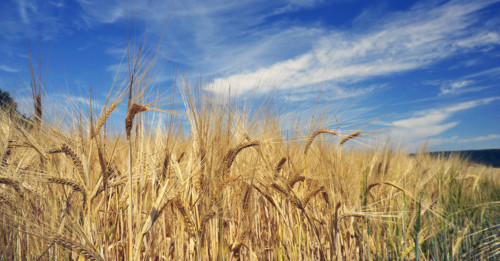You may have noticed a slight surge in the amount of “gluten-free” products out there, and beer is no exception. As the demand for gluten-free products rises (due to dramatically increased awareness of issues like celiac disease and gluten sensitivity), the beer world has begun to respond with a greater selection of beers that are safe to drink.
So how does gluten get into beer in the first place? And what is gluten? Gluten is a term for certain proteins found in certain cereal grains. Wheat, barley, and rye are the “big three” most associated with gluten, which is why almost all beer contains some amount of gluten—and why it may seem impossible to create a beer that is entirely gluten free.
But tell the beer world something is impossible and they’ll give you a beer made with millet, sorghum, corn, rice, buckwheat, fruit, or any combination thereof. Nor are they simply “traditional beer” substitutes; the selection and quality behind gluten-free variations, with breweries from Dogfish Head to Stone getting in on the gluten game (or no gluten game), is varied and rich.
Of course beer lovers with any sensitivity to gluten, especially those with celiac, should read labels carefully, as different countries have different standards of what is “gluten-free.” The European Union says any beer with a level of gluten at less than 20 ppm can be labeled “gluten free,” and some breweries do in fact brew beers with barley (often low protein barley) and extract enough gluten to reach that threshold. The levels of gluten may be safe enough for some, but they’re still unsuitable for many with higher sensitivity.
For beers manufactured in the U.S., things got a bit simpler in 2014. The TTB (Alcohol and Tobacco Tax and Trade Bureau, oh my!) ruled that any beer that has been brewed with gluten-containing ingredients may not be labeled “gluten-free,” as that’s too misleading and doesn’t indicate if and where trace amounts of gluten remain. Instead, certain phrasing is allowed, e.g. “processed,” “treated,” or “crafted” to remove gluten.
As for the ever-important question: how does gluten-free beer taste? Well, that varies, again depending on how much time and thought has been put into it. Sorghum, a popular gluten-free ingredient, can yield a bit too much sweetness. Meanwhile breweries often overcompensate for the lack of barley and rye, ending up with an imbalance of flavors against (at worst) a thin, watery body. But those are the major complaints, which, as demand for gluten-free beer continues to rise, should fall (we hope) by the wayside.
